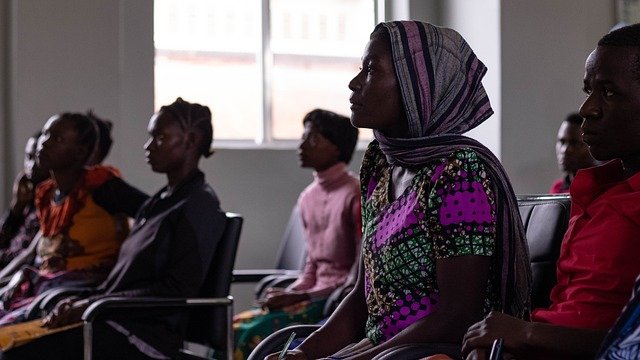How Communities Shape Identity and Social Behavior
Communities are the social scaffolding that shape how people see themselves, interact with others, and respond to change. From neighborhood networks to online groups, the interplay of culture, institutions, and everyday routines influences beliefs, norms, and opportunities. Understanding these dynamics helps explain why people make certain choices, how social cohesion is built or eroded, and what interventions—policy, services, or grassroots action—can strengthen collective wellbeing in diverse settings.

How social networks influence behavior
Social networks — the patterns of relationships among friends, family, colleagues, and neighbors — are powerful drivers of behavior. People often adopt norms, habits, and opinions observed within their networks because social approval, information flow, and access to resources flow through these ties. For example, health habits, voting patterns, and consumer choices spread faster when trusted peers model them, and social sanctions can enforce conformity or push change when norms shift.
Beyond simple imitation, networks structure opportunity and inequality. Dense local ties may provide practical support like childcare or job referrals, while bridging ties to other groups often open pathways to new information and mobility. The balance between bonding and bridging social capital affects resilience: tightly knit communities can act quickly in crises but might resist outside innovations, while more open networks can adapt but sometimes lack mutual support.
What is bulk_create_keyword in community outreach?
bulk_create_keyword is a placeholder term representing a bulk or scalable approach to crafting messages, programs, or data sets for communities. In practice, organizations use similar methods to produce consistent outreach materials, run large-scale surveys, or generate digital content that targets different audience segments while maintaining a unified strategy. The idea is to plan, prototype, and deploy many related items efficiently so communities receive clear and coordinated information.
Applied thoughtfully, a bulk creation approach can increase reach and reduce duplication of effort. For example, public information campaigns that adapt a core message for multiple neighborhoods or translations benefit from centralized planning plus local customization. However, the trade-off is the risk of one-size-fits-all messaging that ignores cultural nuance; effective use combines bulk production with local feedback loops and continuous evaluation.
Policies and local services for community resilience
Public policy and local services are crucial levers for shaping societal outcomes. Investments in education, healthcare, transportation, and affordable housing change incentives and expand capabilities at the individual and community level. Well-designed services delivered through local agencies, nonprofits, and community groups can reduce vulnerability and create more equitable opportunity structures across neighborhoods and demographic groups.
Effective interventions prioritize accessibility and community voice. Local services that are co-designed with residents, that coordinate across sectors, and that are informed by reliable data are more likely to be trusted and used. Efforts to integrate social services with employment supports, mental health care, and community spaces tend to yield stronger long-term outcomes because they address interconnected needs rather than isolated problems.
Building inclusive narratives and leadership
Narratives about who belongs and who leads influence social cohesion and civic participation. Inclusive storytelling, representation in leadership roles, and visible pathways for community members to influence decisions strengthen trust and engagement. Leadership development that prepares people from diverse backgrounds to participate in civic institutions helps communities adapt to demographic and economic change.
Programs that mentor emerging leaders, support grassroots organizers, and combine skills training with civic education create durable capacity. When leaders reflect the community’s diversity, policies and programs are more likely to respond to lived needs. Equally important are institutional mechanisms—like participatory budgeting or community advisory boards—that embed resident input into governance routines.
Measuring impact and ethical considerations
Assessing how people and society change requires mixed methods—quantitative indicators like employment and health metrics, and qualitative insight from interviews and community feedback. Robust measurement helps identify what works, for whom, and under which conditions. Ethical measurement respects privacy, avoids tokenism, and ensures that data use benefits rather than harms communities.
Scalable approaches such as bulk data collection or content production should include safeguards: clear consent processes, disaggregation to reveal subgroup differences, and mechanisms for communities to review and respond to findings. Responsible evaluation prioritizes transparency, shares results in accessible formats, and supports local stakeholders to interpret and act on evidence.
Conclusion
People and society are shaped by layered interactions among networks, institutions, policies, and narratives. Approaches that combine scalable planning—illustrated here by the concept bulk_create_keyword—with local adaptation, inclusive leadership, and ethical measurement can help communities become more resilient and equitable. Lasting change comes from aligning resources, listening to residents, and structuring systems so that everyday social connections translate into opportunity and wellbeing.






